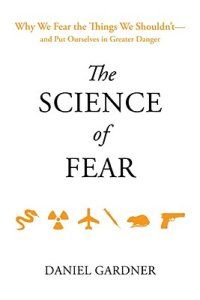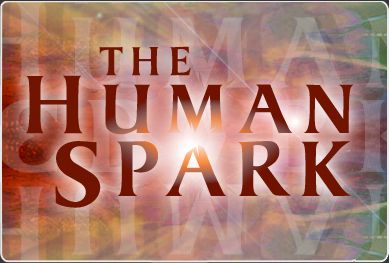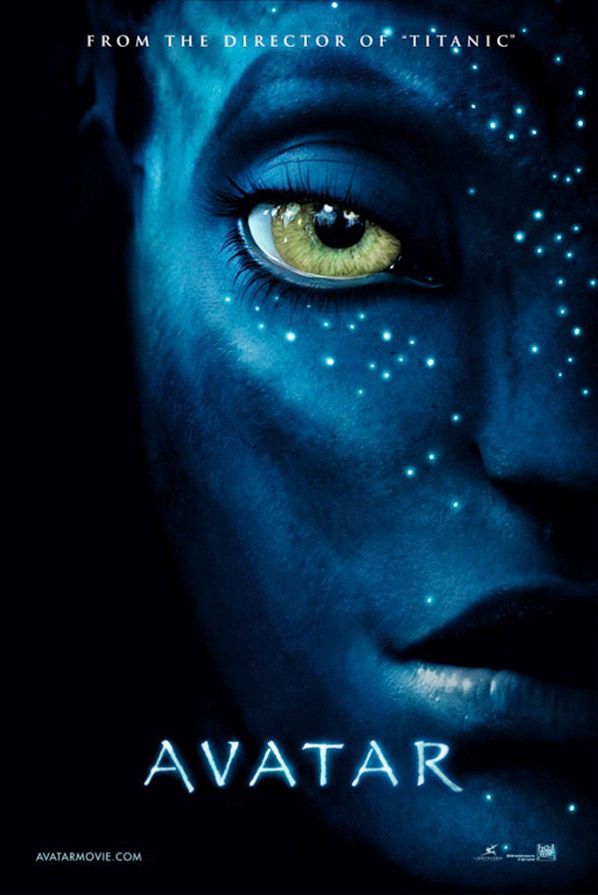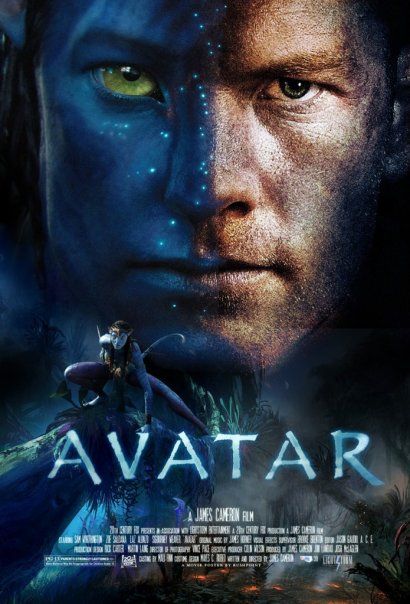
“First of all, let me assert my firm belief that the only thing we have to fear is fear itself—nameless, unreasoning, unjustified terror which paralyzes needed efforts to convert retreat into advance.” These inspiring words, borrowed from scribes Henry David Thoreau and Michel de Montaigne, were spoken by President Franklin Delano Roosevelt at his first inauguration during the only era more perilous than the one we currently face. But FDR had it easy. All he had to face was 25% unemployment and 2 million homeless Americans. We have, among other things, climate change, carcinogens, leaky breast implants, the obesity epidemic, the West Nile virus, SARS, avian/swine flu, flesh-eating disease, pedophiles, predators, herpes, satanic cults, mad cow disease, crack cocaine, and let’s not forget that paragon of Malthusian-like fatalism—terror. In his brilliant book The Science of Fear, journalist Daniel Gardner delves into the psychology and physiology of fear and the incendiary factors that drive it, including media, advertising, government, business and our own evolutionary mold. For our final blog post of 2009, ScriptPhD.com extends the science into a personal reflection, a discussion of why, despite there never having been a better time to be alive, we are more afraid than ever, and how we can turn a more rational leaf in the year 2010.
Continue reading From the Annals of Psychology: Fear and Loathing in a Modern Age



